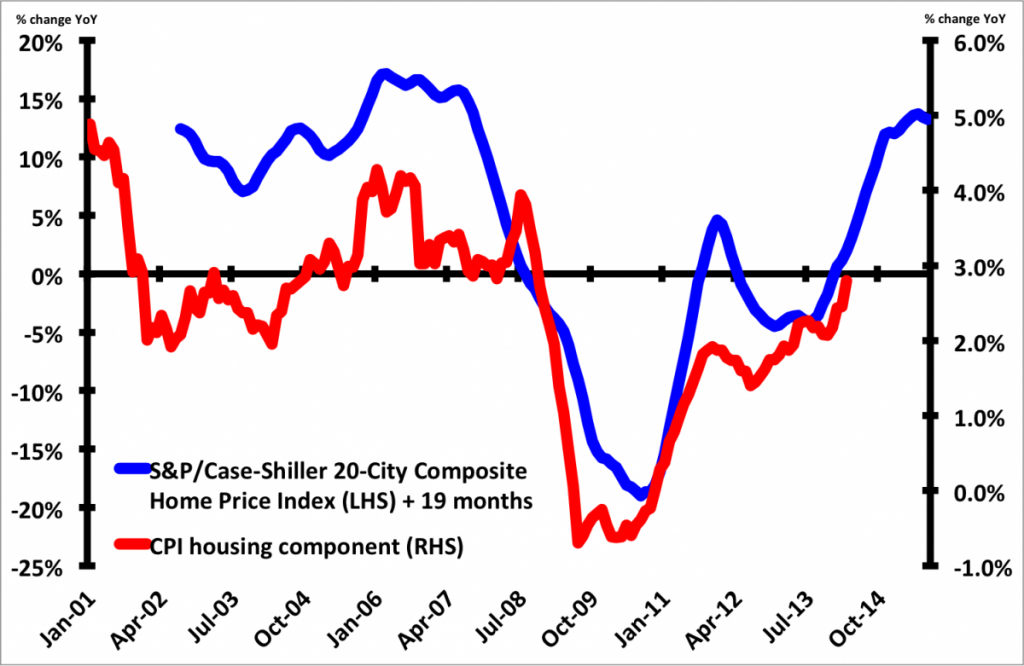“The trade deficit in the U.S. unexpectedly narrowed in June, reflecting the biggest drop in imports in a year as the economy moved closer to energy independence.
The gap shrank 7 percent to $41.5 billion, the smallest since January, from May’s $44.7 billion, Commerce Department figures showed today in Washington. The median forecast in a Bloomberg survey of 66 economists called for a deficit of $44.8 billion. The drop in purchases of foreign goods included declines in autos and cellular phones, while petroleum imports were the lowest in more than three years.
Demand for goods made overseas will probably rebound in coming months, helped by growinghousehold spending and business investment. Exports were little changed at a record, a sign markets overseas will represent less growth for American factories as Europe’s economy struggles to pick up and geopolitical tensions mount.
“Imports are going to bounce back because of the strength of the U.S. consumer,” said Jay Bryson, global economist at Wells Fargo Securities LLC in Charlotte, North Carolina. “The U.S. is doing better than most advanced countries.” While exports also may rise, “overall, trade won’t add a whole heck of a lot to economic growth,” he said.
Stock-index futures held earlier losses after the report. The contract on the Standard & Poor’s 500 Index maturing in September dropped 0.4 percent to 1,905 at 8:48 a.m. in New York as a buildup of Russian troops on the Ukrainian border intensified investor concern that the crisis will escalate.
Bloomberg survey estimates ranged from trade deficits of $41 billion to $46.7 billion. The Commerce Department initially reported a $44.4 billion shortfall for May.


 Image: U.S. Dollars (Wiki Commons).
Image: U.S. Dollars (Wiki Commons).

